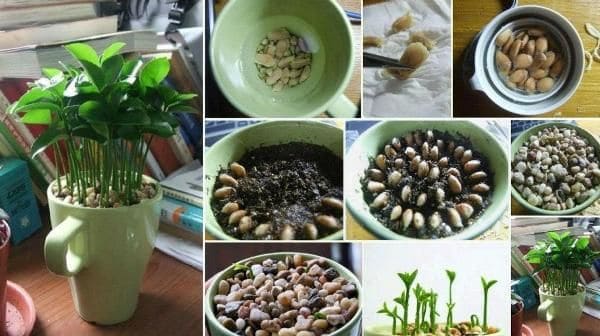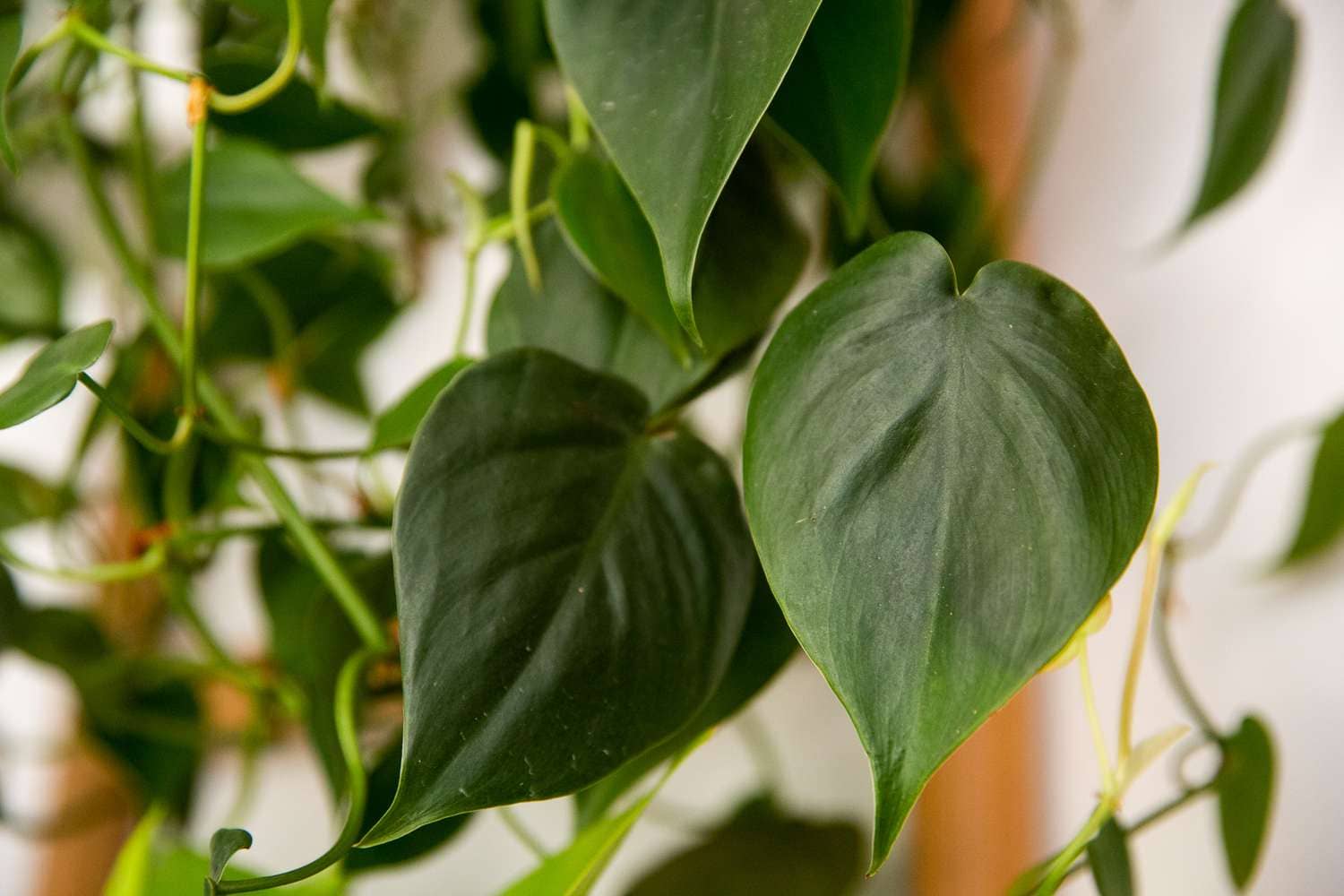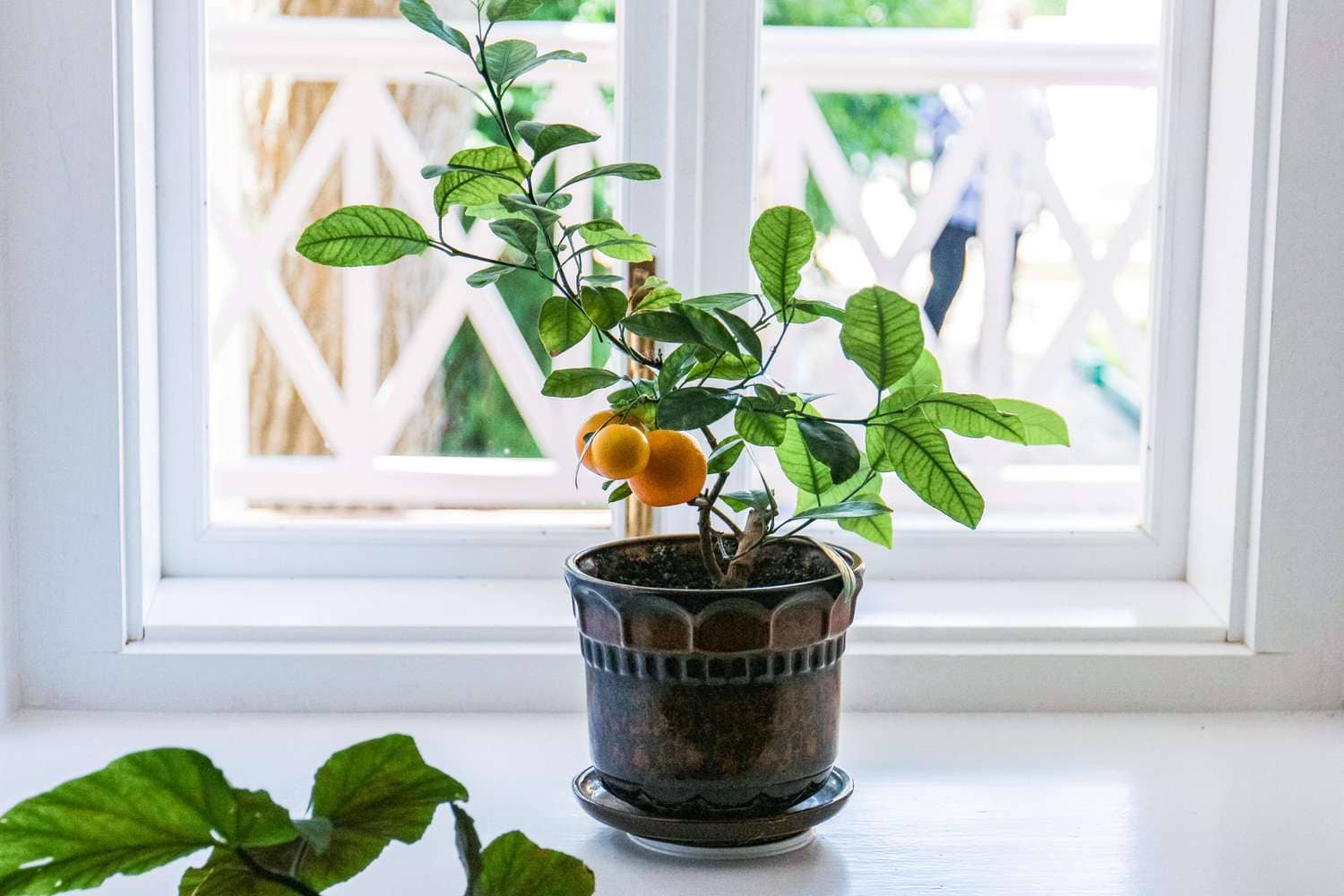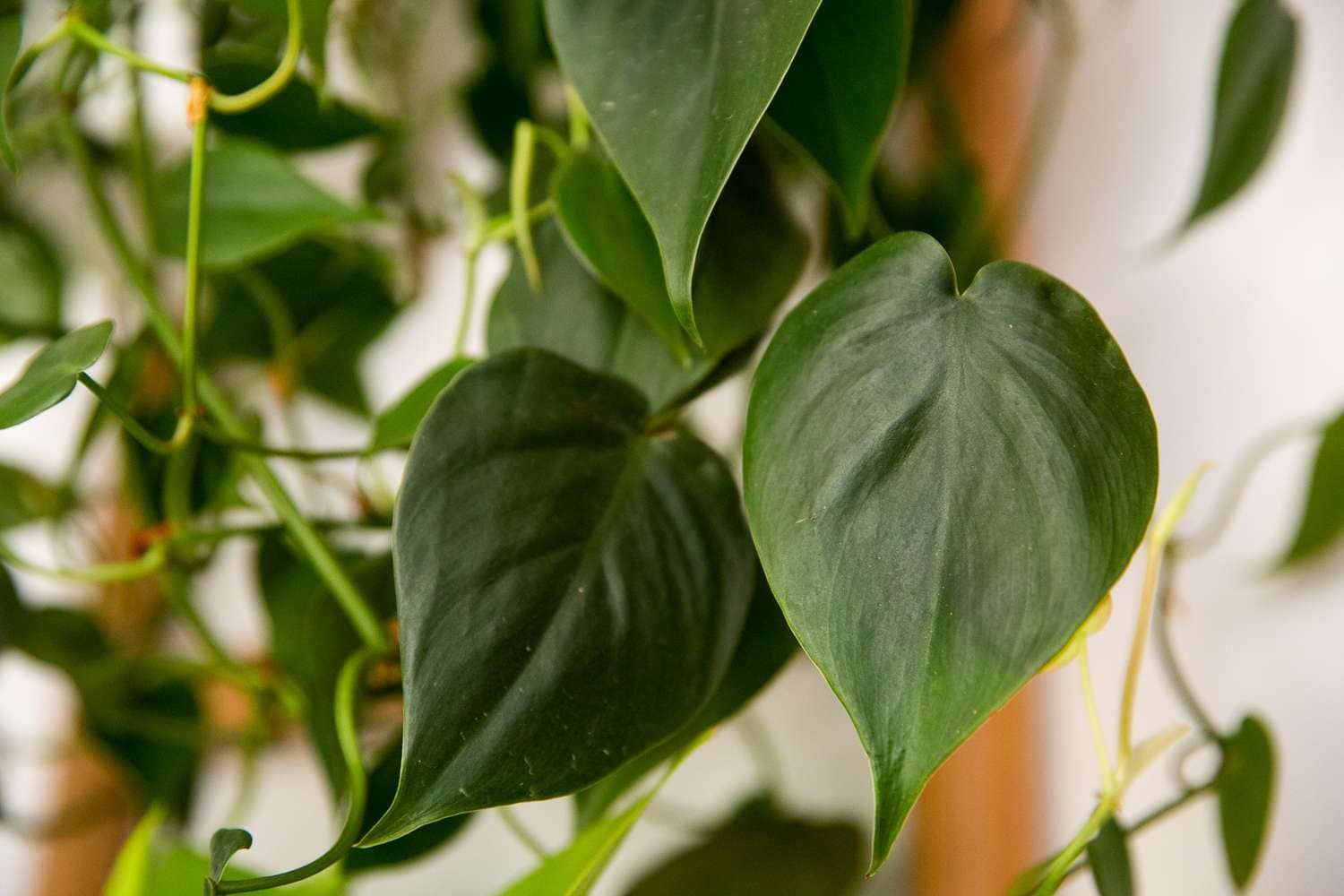Introduction
Welcome to the comprehensive guide on Epipremnum Pinnatum, an exquisite plant that can transform any indoor space into a green oasis. In this guide, we will delve into the various aspects of caring for this botanical beauty, from understanding its growth habits to troubleshooting common problems. Whether you’re a seasoned plant enthusiast or a beginner looking to add some greenery to your home, this guide has everything you need to know about nurturing Epipremnum Pinnatum.
Understanding Epipremnum Pinnatum
Epipremnum Pinnatum, also known as the Devil’s Ivy or the Money Plant, is a species of flowering plant in the Araceae family. Originating from the Solomon Islands in the South Pacific, this evergreen vine has gained popularity worldwide as a beloved houseplant due to its low-maintenance nature and air-purifying properties.
Epipremnum Pinnatum features heart-shaped leaves that can vary in color from deep green to variegated patterns, adding visual interest to any space. Its trailing vines make it an ideal choice for hanging baskets or cascading from shelves, while its adaptability to various light conditions makes it suitable for both bright and low-light environments.
Ideal Growing Conditions
Creating the perfect environment for your Epipremnum Pinnatum is essential for its growth and vitality. Here are the key factors to consider:
Light: While Epipremnum Pinnatum can tolerate low light, it thrives in bright, indirect sunlight. Avoid exposing it to direct sunlight, as this can scorch its delicate leaves.
Temperature: Maintain a moderate room temperature between 65°F to 85°F (18°C to 29°C) year-round. Avoid placing the plant near drafty windows or vents.
Watering: Allow the top inch of the soil to dry out between waterings, then water thoroughly, ensuring excess water drains away. Overwatering can lead to root rot, so err on the side of underwatering rather than overwatering.
Soil: Use a well-draining potting mix rich in organic matter, such as peat moss or perlite, to provide optimal growing conditions for Epipremnum Pinnatum.
Propagation Methods
Expanding your Epipremnum Pinnatum collection is easy with propagation. Here are two popular methods:
- Stem Cuttings: Take a 4-6 inch cutting from a healthy vine, ensuring it has at least two nodes. Place the cutting in water or moist soil, and roots will develop within a few weeks.
- Layering: Encourage root growth by pinning a section of the vine to the soil with a paperclip or small stake. Once roots develop, you can snip the new plant from the parent vine and pot it separately.
Common Issues and Solutions
Despite its resilience, Epipremnum Pinnatum may encounter some issues. Here’s how to troubleshoot common problems:
Yellowing Leaves: This could indicate overwatering or inadequate drainage. Adjust your watering routine and ensure the pot has proper drainage holes.
Pests: Keep an eye out for common pests such as aphids, mealybugs, or spider mites. Use natural remedies like neem oil or insecticidal soap to combat infestations.
Wilting: Wilting leaves may signal underwatering or root rot. Check the soil moisture and adjust your watering frequency accordingly.
Frequently Asked Questions (FAQs)
- How often should I fertilize my Epipremnum Pinnatum?
- Fertilize your plant monthly during the growing season (spring and summer) using a balanced liquid fertilizer diluted to half-strength.
- Can Epipremnum Pinnatum grow in water alone?
- While it can survive in water, Epipremnum Pinnatum prefers a well-draining potting mix for optimal growth.
- Is Epipremnum Pinnatum safe for pets?
- Epipremnum Pinnatum is toxic to cats and dogs if ingested. Keep it out of reach of curious pets to prevent accidental ingestion.
- How fast does Epipremnum Pinnatum grow?
- Under ideal conditions, Epipremnum Pinnatum can grow several feet in length per year, making it a fast-growing vine.
- What should I do if my Epipremnum Pinnatum becomes leggy?
- Prune back leggy stems to encourage bushier growth and promote new foliage.
- Can Epipremnum Pinnatum be grown outdoors?
- In warm climates, Epipremnum Pinnatum can be grown outdoors in partial shade, but it should be protected from direct sunlight and frost.
Conclusion
Epipremnum Pinnatum is a versatile and resilient plant that brings beauty and vitality to any indoor space. By following the care tips outlined in this guide, you can ensure your Epipremnum Pinnatum thrives and continues to enhance your home for years to come.





